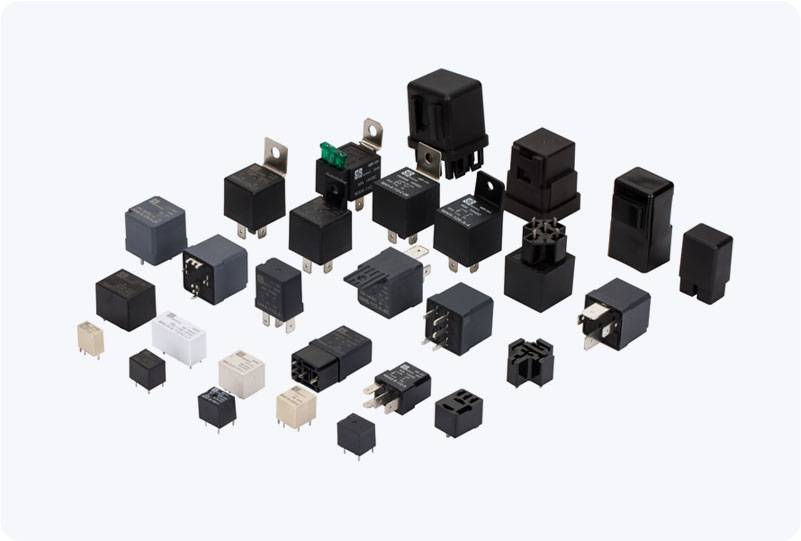In today’s modern electrical systems, particularly in the fields of electric vehicles (EVs), renewable energy, and industrial applications, the need for effective high-voltage control is paramount. The 800V Power Distribution Relay plays a crucial role in ensuring the safety, stability, and efficiency of these high-voltage networks. This article explores the significance, functions, and applications of the 800V Power Distribution Relay, emphasizing its importance in managing power distribution and protecting high-voltage electrical systems.

What is an 800V Power Distribution Relay? An 800V Power Distribution Relay is a critical component used to manage the distribution of electrical power in high-voltage systems, typically operating at 800 volts. It functions as a switch, either opening or closing the electrical circuit in response to specific signals, to regulate the flow of power. Designed to handle the demands of high-voltage environments, these relays are essential for ensuring that electrical systems operate safely and efficiently. These relays are widely used in industries where high-voltage systems are prevalent, such as in electric vehicles (EVs), energy storage systems (ESS), and large-scale renewable energy installations like solar and wind farms. Their primary purpose is to ensure proper power distribution, protect sensitive equipment from overloads or faults, and prevent electrical hazards from causing damage to the overall system.